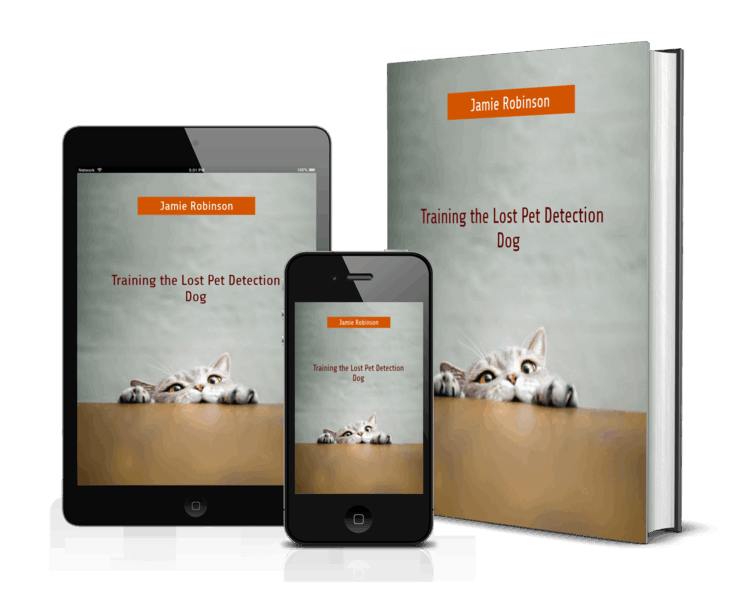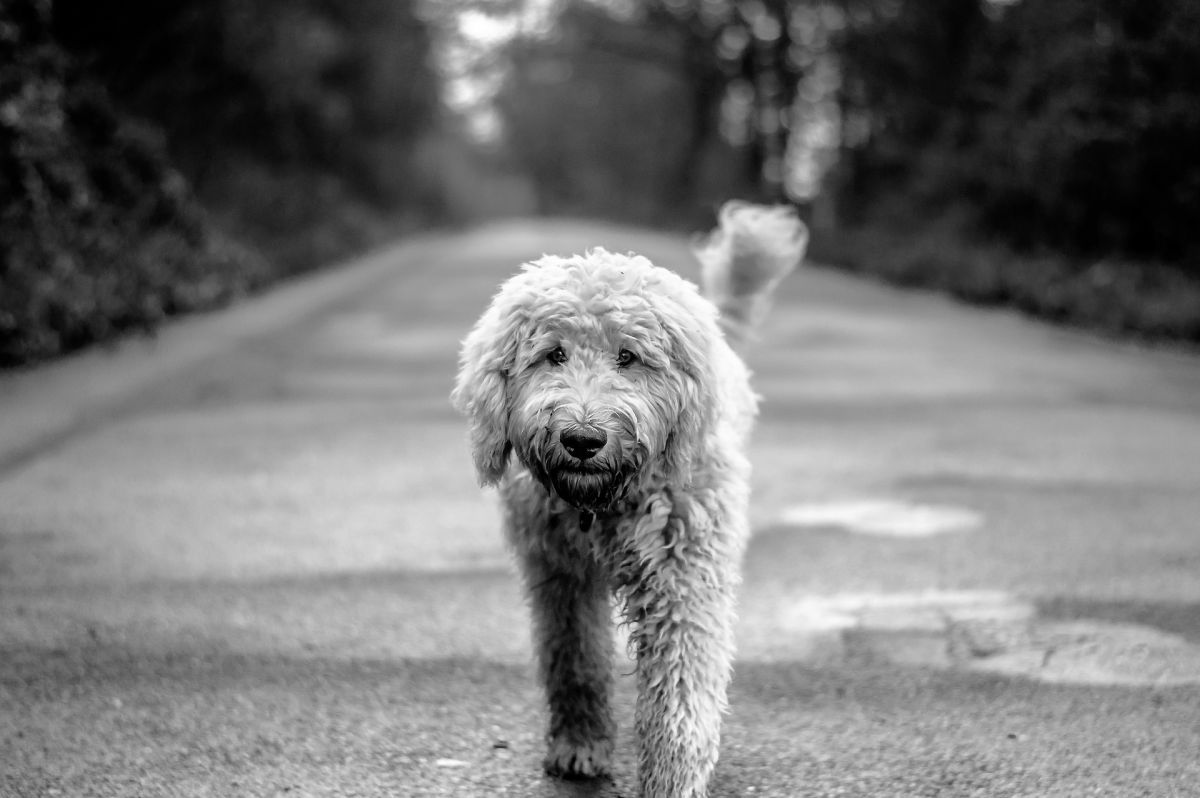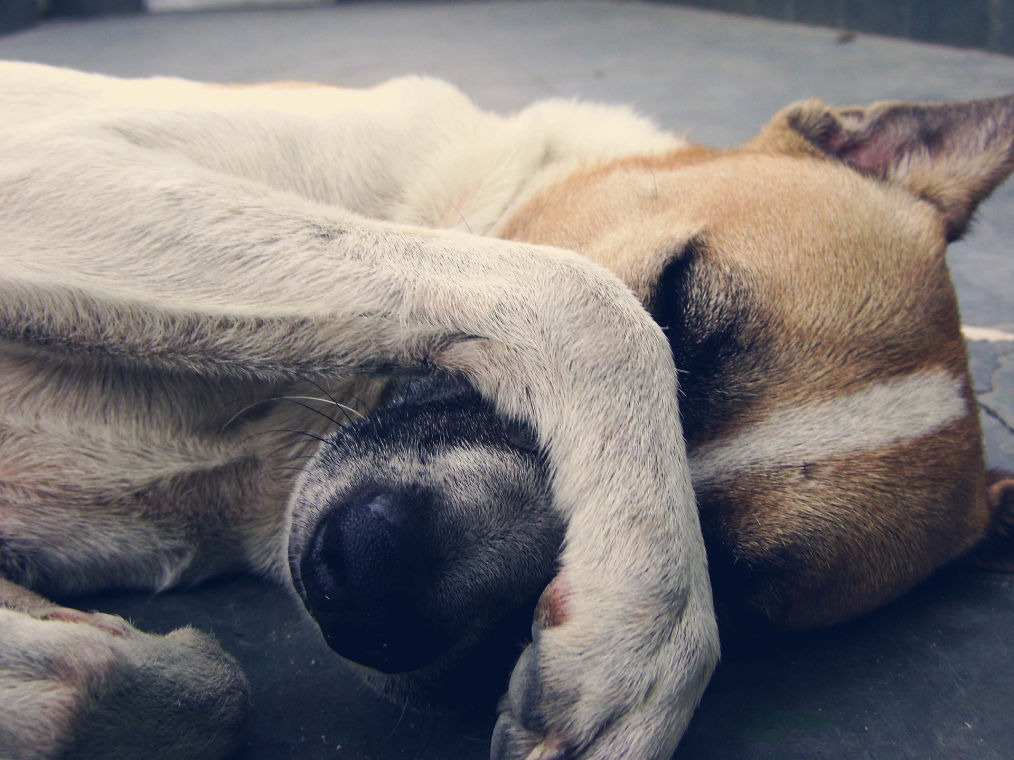
Training the Lost Pet Detective Dog
"I trust my search dogs more than I do a sighting," says Oklahoma-based Karen Goin. "There’s no doubt about it, the nose knows.”
Up to 8 million animals end up in shelters, though not all of these are strays, according to the Humane Society of the United States. Of stray animals that are brought to a shelter, up to 30 percent of dogs are eventually returned to their owner, while only about 5 percent of cats make it home. For frantic owners of a missing pet, there's a good reason to call a professional. Up to 50 percent of all unclaimed pets are euthanized, according to the Humane Society. And it's not only runaway canines that get tracked.



